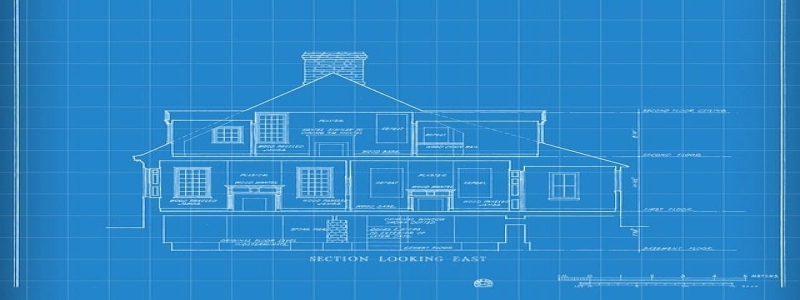Single Mode Fiber vs Multi Mode Fiber: A Detailed Comparison
I. Introduction
A. Definition of single mode fiber
B. Definition of multi mode fiber
C. Importance of fiber optic communication
II. Structure and Optics
A. Core Diameter
B. Light Propagation Modes
III. Transmission Distance
A. Single mode fiber
1. Longer transmission distances
2. Lower attenuation
B. Multi mode fiber
1. Shorter transmission distances
2. Higher attenuation
IV. Bandwidth and Data Rates
A. Single mode fiber
1. Greater bandwidth capacity
2. Supports higher data rates
B. Multi mode fiber
1. Lower bandwidth capacity
2. Limited support for higher data rates
V. Cost and Installation
A. Single mode fiber
1. Higher installation and equipment costs
2. More complex installation process
B. Multi mode fiber
1. Lower installation and equipment costs
2. Simpler installation process
VI. Application Areas
A. Single mode fiber
1. Long-haul telecommunications
2. High-speed data transmission
B. Multi mode fiber
1. Local area networks
2. Short-distance communication applications
VII. Conclusion
A. Differences between single mode and multi mode fiber
B. Considerations for choosing between the two
C. Importance of fiber optic communication in modern society
In this article, we will dive into the detailed comparison between single mode fiber and multi mode fiber. Fiber optic communication has become crucial in our modern interconnected world, and understanding the differences between these two types of fiber is vital.
Single mode fiber refers to an optical fiber with a small core diameter, typically around 9 microns. In contrast, multi mode fiber has a larger core diameter, commonly ranging from 50 to 62.5 microns. The core diameter plays a significant role in determining the performance and characteristics of the fiber.
The main difference between the two fiber types lies in their transmission distance. Single mode fiber can transmit signals over longer distances, thanks to its smaller core diameter. It experiences lower attenuation, meaning that the signal weakens less as it travels through the fiber. On the other hand, multi mode fiber is better suited for shorter transmission distances due to its larger core diameter, which results in higher attenuation.
Bandwidth and data rates are also crucial factors to consider. Single mode fiber offers a greater bandwidth capacity, making it capable of supporting higher data rates compared to multi mode fiber. The latter has a lower bandwidth capacity, limiting its ability to handle high-speed data transmission effectively.
Cost and installation are practical considerations when choosing between single mode and multi mode fiber. Single mode fiber involves higher installation and equipment costs due to its specialized requirements. The installation process is also more complex compared to multi mode fiber, which has simpler and more cost-effective installation requirements.
Application areas also differentiate the two fiber types. Single mode fiber finds its primary use in long-haul telecommunications and high-speed data transmission scenarios where signal clarity and long distances are essential. Conversely, multi mode fiber is commonly used in local area networks and short-distance communication applications.
In conclusion, single mode fiber and multi mode fiber have significant differences in transmission distance, bandwidth, cost, and applications. The choice between the two depends on specific requirements and budget constraints. Nonetheless, both types of fiber play critical roles in enabling seamless and high-speed communication in our increasingly connected world.







